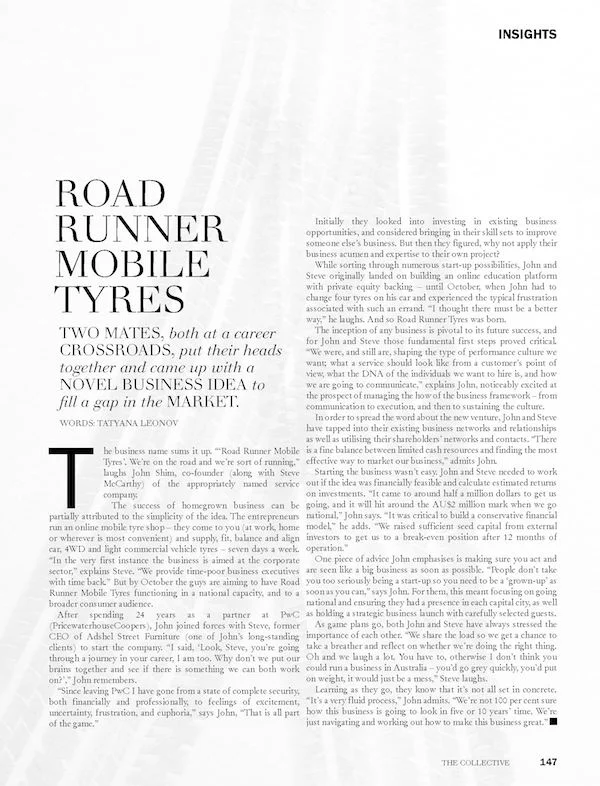How Women Travel and What Can be Done to Make it Easier
The number of female business travellers is on the rise as more women take on senior roles within the global workforce.
And according to a January 2012 study by Amadeus, the number of female business travellers across the Asia-Pacific region is expected to rise even more over the next two decades. The survey of more than 1,500 business and leisure travellers estimates that in 2011, roughly 4.5 million international business trips were made by women from Australia, Singapore, South Korea, Japan, India, China and Indonesia. By 2030 that number is expected to increase by 400%.
A more recent survey, the May Customer Satisfaction Survey from Wotif.com, found that 59% of respondents travelling for business purposes were female. “In fact, all of our surveys conducted in 2013 have recorded a greater number of female business travellers, with an average of 58% over the past five months,” a spokesperson from Wotif.com says. “The number of lone female business travellers is growing at a fast pace and will continue to do so. This is definitely something hotels should consider to try and set them apart from their competitors.”
So what do women want when they travel? Female executives are interested in safety (hotels and transportation options), connectivity (good wifi connections and business service facilities) and options (food choices as well as wellbeing and exercise facilities). As Penny Spencer, the manager of Spencer Travel explains: “Most business women who travel regularly generally prefer to stay in hotels that are close to their business offices, and female-only floors is also something that women now request.”
Hotels worldwide are working to accommodate the needs of one of the fastest growing demographics in the travel industry. The Hyatt hotel group recently spent 18 months facilitating group discussions around the world. It was the largest exercise of its kind undertaken by the hotel group, and conducted entirely by females. The study found that approximately 80% of all business travel decisions were made by females. In response, a number of Hyatt hotels around the globe (such as the Hyatt Regency London and Hyatt Regency Century Plaza in Los Angeles) have implemented changes such as varied healthy menu selections, guest request communication cards, upgraded bath amenities and a service to provide frequently forgotten items.
In India ITC Hotels has recently introduced the concept, including their latest opening in Chennai, ITC Grand Chola. The Eva floors are staffed by an all-female team and rooms feature additional toiletries and magazines.
And although numerous businesswomen are happy to share a floor with the opposite sex, many seek out female-only services. “I choose female-only massages and spa treatments because I like the privacy, especially in an unfamiliar place,” Christiane Duigan (who travels around 10 times domestically and five times internationally a year for work), director of Clean & Lean Health Supplements and Bodyism active wear range, explains.
“Healthy meal options are a must too,” she adds. “I look into the hotel’s head chef and their online menu when booking a hotel.” And since that aside from sleeping, the activity that occupies the largest share of a traveller’s time at a hotel is spending time at the bar or restaurant (according to a survey of 6,000 business travellers conducted by the Four Points by Sheraton brand of Starwood Hotels), it pays for hotels to get it right.
That said, even large hotel chains don’t always offer enough options for the seasoned businesswoman traveller. Natalie Tesoriero, a Sydneysider now working in London as a PR Associate Director, usually travels with her male colleagues – up to 10 international trips per year. “We favour bigger four or five star hotel chains because they’re reliable, predictable and have Rewards schemes which my colleagues and I can benefit from for leisure travel,” she explains. “But I’d love it if more female-friendly menu items, such as a range of salads, egg-white omelets, grilled fish and vegetable-based meals were always on offer.”
And although the hospitality travel industries are moving along with the times (many airport lounges now offer a variety of glossies to read as well as a selection of heather meal options while airlines are expanding their menu options) there is still a long way to go when addressing the female business traveller. “I often feel that business travel is still ‘the boys’ club’. When flying business class with some airlines I’m often only offered financial newspapers or male-focused magazines, and I’m sick of seeing in-room trouser presses,” say Tesoriero.
“I’ve also had countless hotel receptionists assume that I am the wife or partner of my male colleague and that we’re sharing a room, when clearly we have booked separately.”



